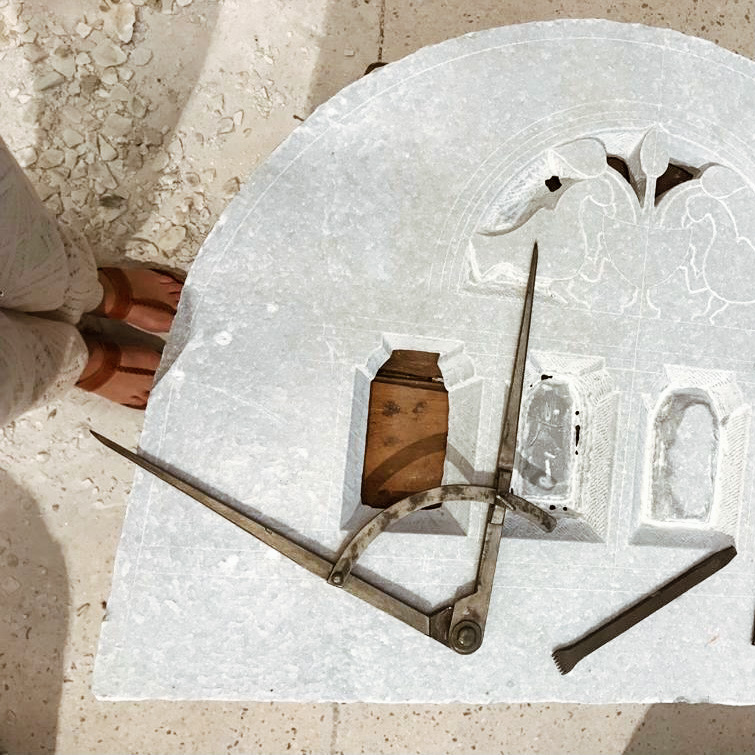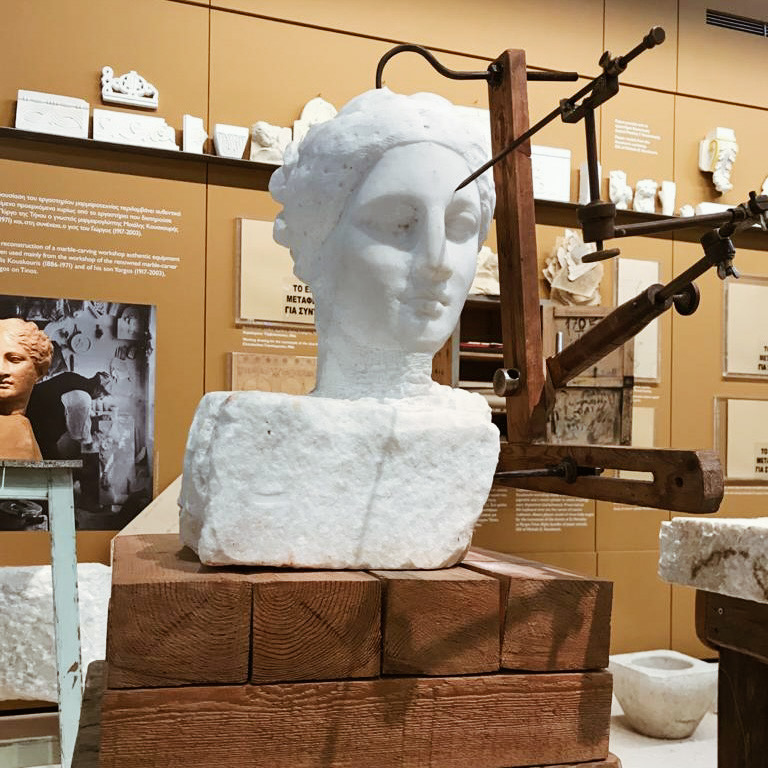
In collaboration with the Hellenic Ministry of Culture, the Piraeus Bank Group’s Cultural Foundation (PIOP) has established 9 museums across Greece. These museums aim to showcase local culture and history through the focused lens of a specific artisanal industry or product, while also highlighting its connections with the environment. Over 200,000 people visit the museums each year, and the next time you visit Greece, you should be one of them! Read on to find out more about 4 fascinating PIOP museums where you’re sure to gain a new perspective on Greek culture and history.
1. The Chios Mastic museum
Visiting the Mastic Museum in the region of Mastichochoria, which translates to ‘mastic villages’, is a must on a trip to Chios. Complete with an outdoor exhibition filled with mastic trees, the museum explores the history of mastic cultivation and its connection with the unique cultural landscape of Chios, the only island in the Mediterranean where the mastic tree is grown. Today, mastic continues to be the primary source of income for 5000 families on Chios. Visit the museum to find out more about traditional mastic cultivation and its historical and contemporary significance.
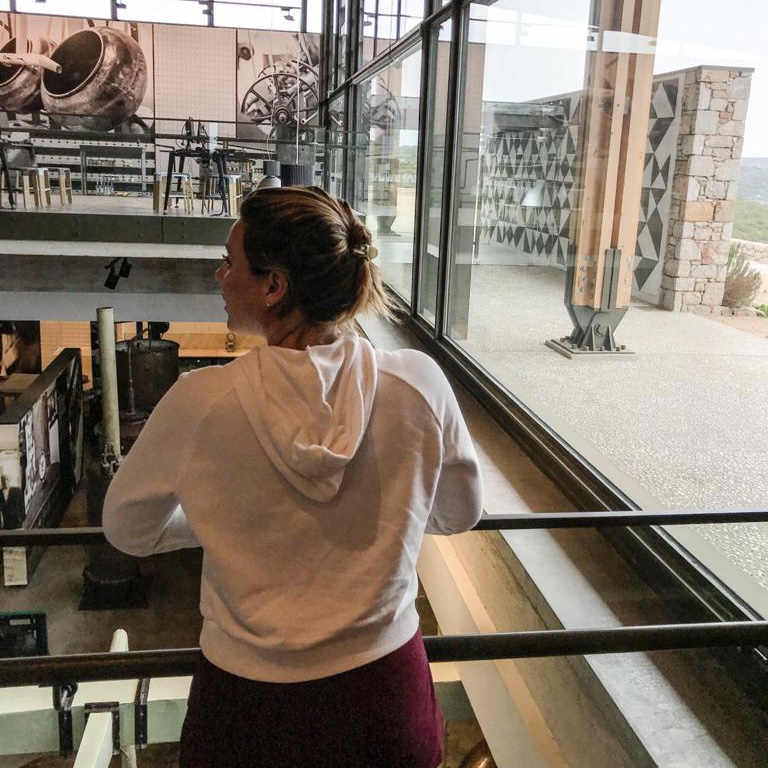
2. The Open-Air Water Power Museum at Dimitsana
At the Open-Air Water Power Museum, visitors can see a traditional fulling mill, flourmill, tannery, tanner’s home and still, which is used to make tsipouro, a strong spirit distilled from grapes and much loved in Greece. What’s more, the museum includes a gunpowder mill, which is central to the historical and cultural identity of Dimitsana. As one of the only villages in Greece where saltpetre was collected, the residents of Dimitsana provided gunpowder to the Greek insurgents during the Greek War of Independence in 1821. Theodoros Kolokotronis, chief of the irregular troops in the Peloponnese, wrote in his memoirs: “We had powder, Dimitsana made it.” Located conveniently in the Central Peloponnese region, why not combine your trip to Dimitsana with a visit to Epidaurus and Mystras?
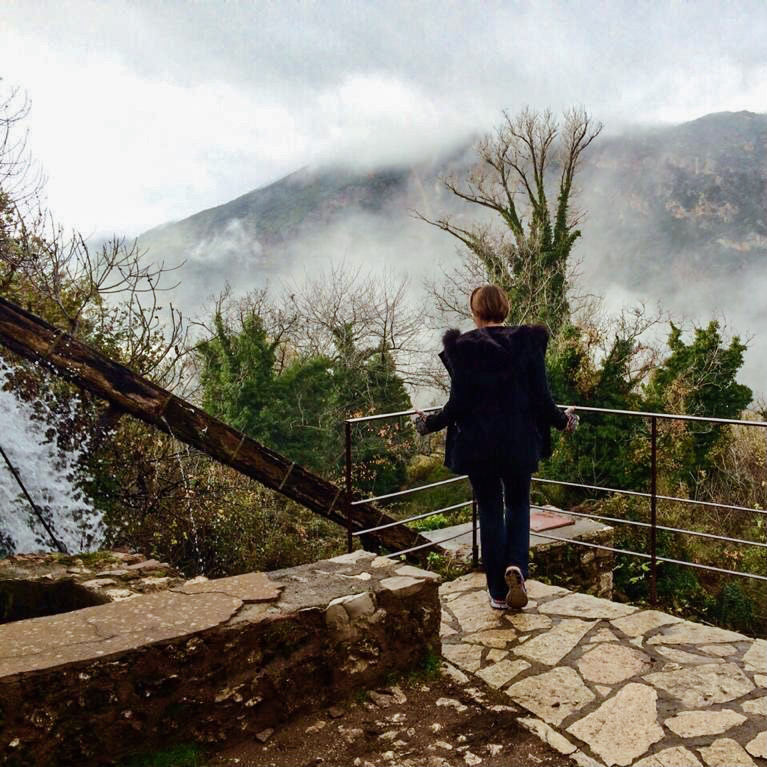
3. The Environment Museum of Stymphalia
The Environment Museum is situated on the slopes surrounding Lake Stymphalia, the largest mountain lake in the Peloponnese. As part of the European Network of Protected Areas Natura 2000, the area is environmentally rich and significant to the biodiversity of Greece as a whole. The museum aims to highlight the symbiotic relationship of man and nature in the area through its emphasis on how the region’s environment has shaped human development there. Its main attraction is the open aquarium, which is complete with local marine flora and fauna.
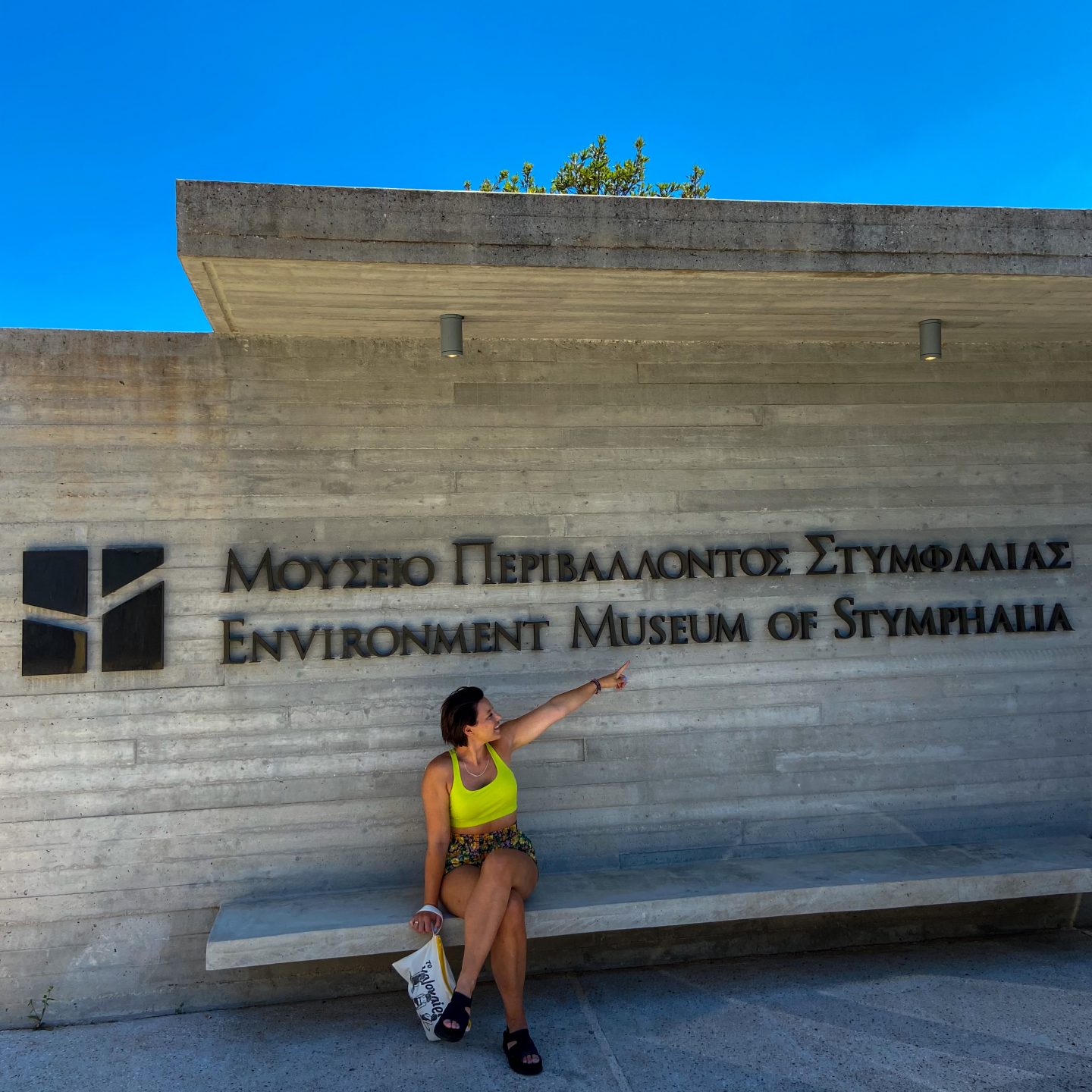
4. The Museum of Marble Crafts on Tinos
Did you know that the island of Tinos is the centre of marble crafts in modern Greece? Even the bus stop at Pyrgos village, located just 10 minutes away from the museum, is made from marble! The Museum of Marble Crafts explores the development of marble technology on Tinos through the ages and takes its visitors through traditional quarrying and sculpting techniques. It includes historical mechanical equipment, everyday items made from Tinian marble as well as films of traditional quarrymen at work. You’ll come away with a newfound appreciation for how this local, artisanal industry supported the construction of cosmopolitan cities such as Athens.
